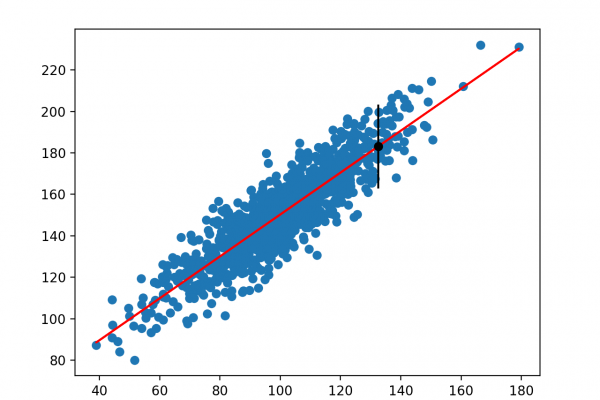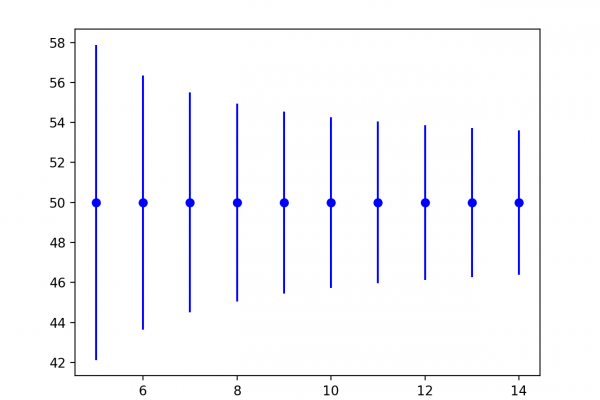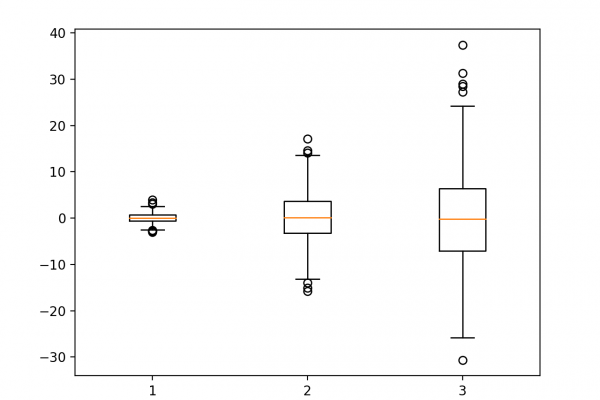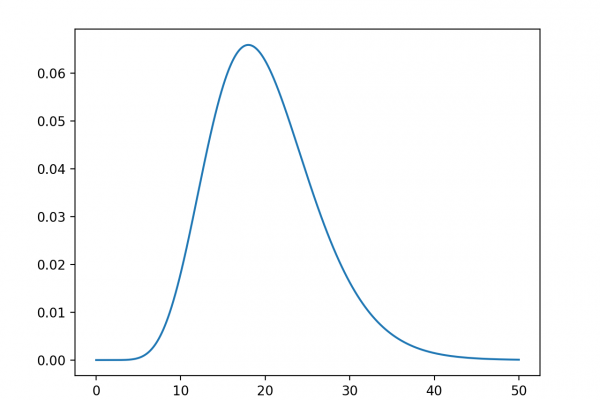A Gentle Introduction to k-fold Cross-Validation
Last Updated on August 3, 2020 Cross-validation is a statistical method used to estimate the skill of machine learning models. It is commonly used in applied machine learning to compare and select a model for a given predictive modeling problem because it is easy to understand, easy to implement, and results in skill estimates that generally have a lower bias than other methods. In this tutorial, you will discover a gentle introduction to the k-fold cross-validation procedure for estimating the […]
Read more








